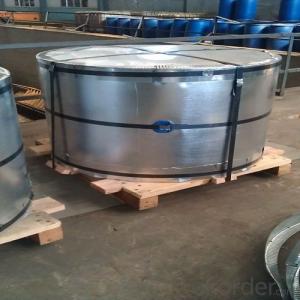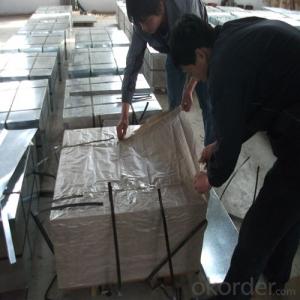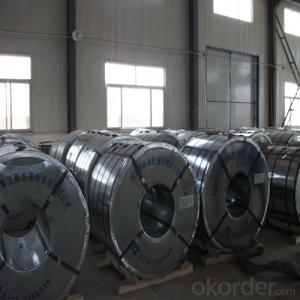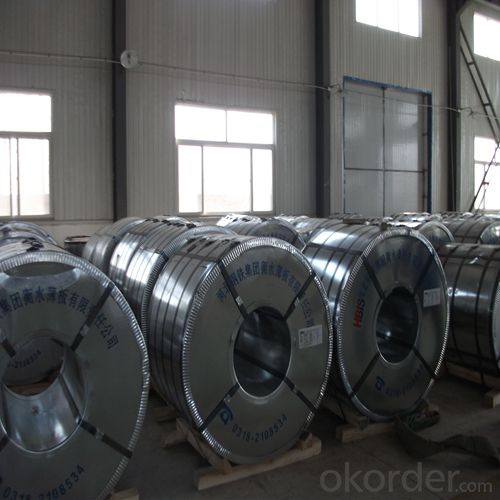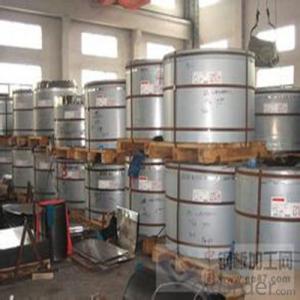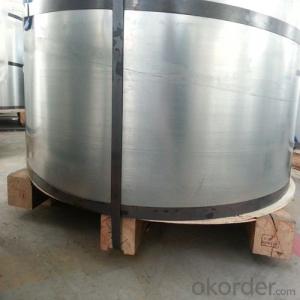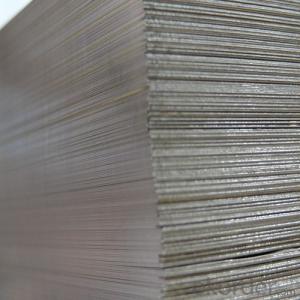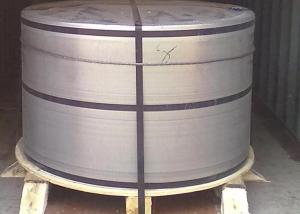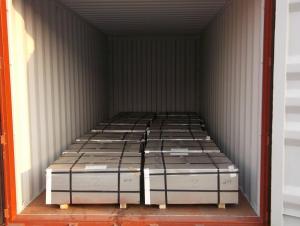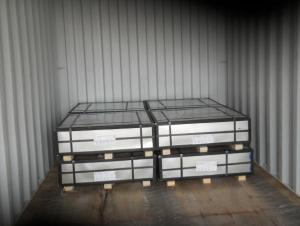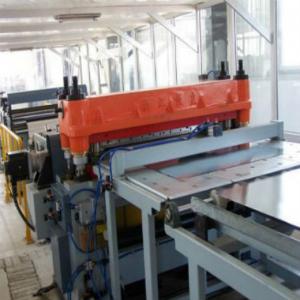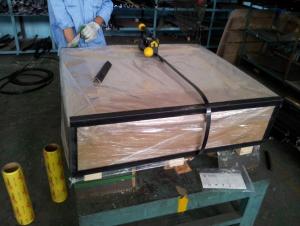Prime Quality Electrolytic Tinplate for Metal Container 0.22mm
- Loading Port:
- Shanghai
- Payment Terms:
- TT OR LC
- Min Order Qty:
- 25 m.t.
- Supply Capability:
- 15000 m.t./month
OKorder Service Pledge
OKorder Financial Service
You Might Also Like
1.Structure of Prime Quality Electrolytic Tinplate for Metal Container 0.22mm Description
Electrolytic Tinplate is a thin steel sheet coated by tin. It has an extremely beautiful metallic luster as well as excellent properties in corrosion resistance, solder ability, and weld ability.Its applications are not limited to containers; recently, tinplate has also been used for making electrical machinery parts and many other products.
2.Main Features of the Prime Quality Electrolytic Tinplate for Metal Container 0.22mm
Electrolytic Tinplate undoubtedly enjoys the pride of place as a packaging medium especially for food. It owes its unique position to its "nine layer sandwich structure", each of which contributes to its eminence as a packing material. The steel base of electrolytic tinplate provides the necessary strength and formability for can fabrication. The tin-iron alloy layer provides the bond between the steel and free tin layer. The free tin layer is not only responsible for the attractive bright finish and ease of solderability but is also non-toxic- a factor of vital importance in food packaging!
3.Prime Quality Electrolytic Tinplate for Metal Container 0.22mm Images
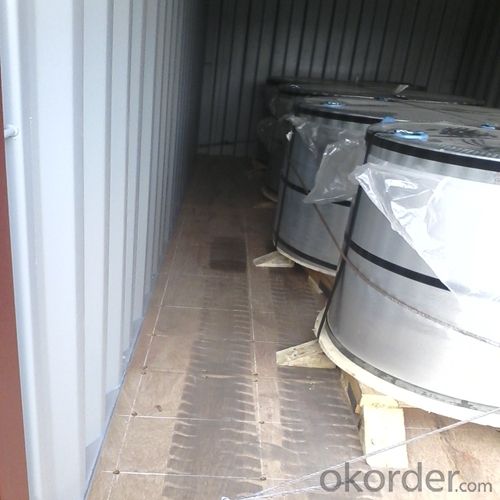
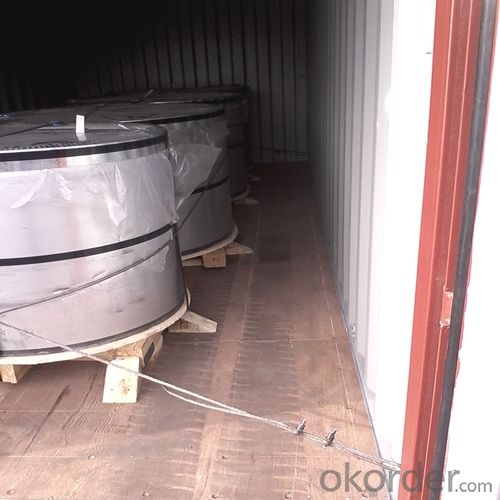
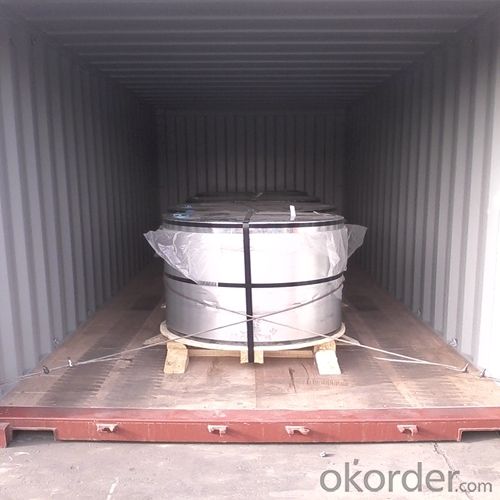
4.Prime Quality Electrolytic Tinplate for Metal Container 0.22mm Specification
Standard: ISO 11949 -1995
Material: MR
Thickness:0.22mm
Width: 1012mm
Temper:T4
Annealing:CA
Coil Inner Diameter: 508mm
Weight: 6-10 tons/coil 1~1.7 tons/sheets bundle
Passivation:311
Oil: DOS
Surface: matte
5.FAQ of Prime Quality Electrolytic Tinplate for Metal Container 0.22mm
1. What is the delivery time for your prime quality tinplate?
Usually 35 days after order confirmation.
2. What is your Minimum Order Quantity?
Usually MOQ is 50tons for one single size, for trial order, it can be 25 tons.
3. What is the payment term?
The most common we use is L/C at sight or TT. We can also try use other terms.
- Q: What are the different types of tin coatings used on tinplate?
- There are primarily three types of tin coatings used on tinplate: electrolytic tinplate (ETP), tin-free steel (TFS), and blackplate.
- Q: How does tinplate contribute to the protection of musical instruments?
- Tinplate is commonly used in the manufacturing of musical instrument cases and containers due to its durability, corrosion resistance, and ability to provide a protective barrier. It helps safeguard musical instruments from external factors such as moisture, dust, and impacts, ensuring their longevity and preserving their sound quality.
- Q: Can tinplate be used for high-speed packaging lines?
- Yes, tinplate can be used for high-speed packaging lines. Tinplate, which is a thin steel sheet coated with a layer of tin, offers excellent strength and durability, making it suitable for fast-paced packaging operations. Its smooth surface allows for easy printing and labeling, while its corrosion resistance ensures the longevity of packaged goods. Additionally, tinplate's ability to withstand high temperatures and its recyclability make it a popular choice for high-speed packaging lines in various industries such as food and beverage.
- Q: What are the potential health risks associated with tinplate packaging?
- The potential health risks associated with tinplate packaging are primarily related to the presence of bisphenol A (BPA), a chemical used in the lining of some tin cans. BPA can potentially leach into the food or beverage stored in the can, and prolonged exposure to BPA has been linked to various health issues, including reproductive disorders, cardiovascular problems, and certain types of cancer. However, it's important to note that many countries have regulations in place to limit BPA levels in packaging materials, and alternative lining materials are being developed to minimize these risks.
- Q: Can tinplate be embossed?
- Yes, tinplate can be embossed.
- Q: What are the advantages of using tinplate for promotional items?
- There are several advantages of using tinplate for promotional items. Firstly, tinplate is a durable material that can withstand wear and tear, making it ideal for long-lasting promotional products. Secondly, tinplate is highly customizable, allowing for various shapes, sizes, and designs to be created, enhancing the visual appeal of the promotional items. Additionally, tinplate can be easily printed on, enabling businesses to display their branding and messaging effectively. Lastly, tinplate is eco-friendly as it is recyclable, making it a sustainable choice for businesses concerned about their environmental impact.
- Q: How does tinplate contribute to the overall reusability of packaging?
- Tinplate contributes to the overall reusability of packaging due to its durable and long-lasting nature. It can be easily cleaned and reused multiple times without losing its structural integrity, making it an ideal material for packaging that can be used again and again. Additionally, tinplate is highly resistant to corrosion, ensuring that the packaging remains in good condition for extended periods. Its reusability helps reduce waste and promotes sustainable practices in the packaging industry.
- Q: Can tinplate be recycled with other metals?
- Yes, tinplate can be recycled with other metals. Tinplate is typically made from steel coated with a thin layer of tin, and both steel and tin can be recycled. When tinplate is recycled, it is usually separated from other materials and processed separately to recover the steel and tin content.
- Q: Can tinplate be used for signage and displays?
- Yes, tinplate can be used for signage and displays. Tinplate is a versatile material that offers excellent durability and can be easily shaped and printed on, making it ideal for creating eye-catching signage and displays.
- Q: How does tinplate packaging contribute to product protection against oxidation?
- Tinplate packaging contributes to product protection against oxidation due to its inherent properties. Tin is a highly corrosion-resistant material that acts as a barrier against external factors such as moisture, air, and light, which are known to accelerate oxidation processes. The tin coating on the tinplate acts as a protective layer, preventing direct contact between the product and the surrounding environment, thus reducing the risk of oxidation. This helps to extend the shelf life of products, maintain their quality, and preserve their flavor and nutritional value.
Send your message to us
Prime Quality Electrolytic Tinplate for Metal Container 0.22mm
- Loading Port:
- Shanghai
- Payment Terms:
- TT OR LC
- Min Order Qty:
- 25 m.t.
- Supply Capability:
- 15000 m.t./month
OKorder Service Pledge
OKorder Financial Service
Similar products
Hot products
Hot Searches
Related keywords
